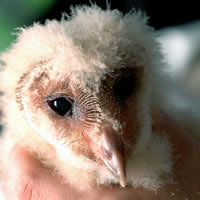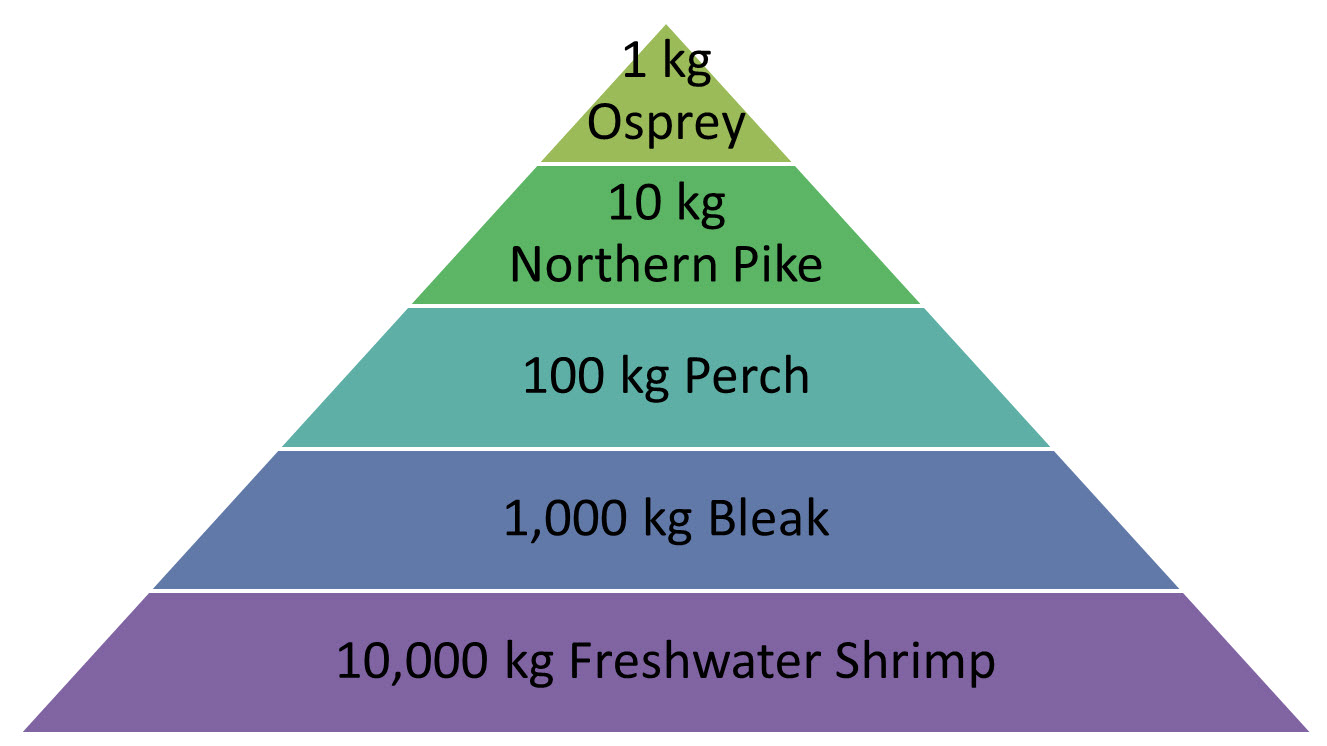 Owl Pellet Lab: Introduction
Owl Pellet Lab: Introduction
What do you think a barn owl's food web looks like? You're about to find out!
Lab Objective:
Understand and apply the concepts of energy and nutrient cycling, biomass pyramid, numbers pyramid, and food web to the common barn owl.
 Background Information
Background Information
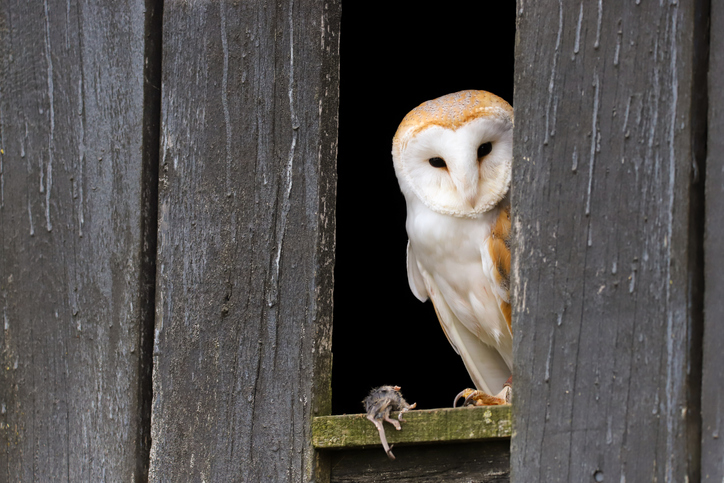 The barn owl is found in virtually all habitats but much more abundantly in open woodlands than in forested country. They usually roost by day in tree hollows but have also been found in caves, wells, and thick foliage. The barn owl is one of the most widespread of all land birds. They are found on all continents except Antarctica.
The barn owl is found in virtually all habitats but much more abundantly in open woodlands than in forested country. They usually roost by day in tree hollows but have also been found in caves, wells, and thick foliage. The barn owl is one of the most widespread of all land birds. They are found on all continents except Antarctica.
Barn Owl, Getty Images
Owls are nocturnal raptors that feed on a variety of small rodents, birds, and reptiles. The images below show some of the barn owl's typical diet.
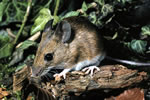
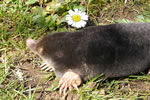


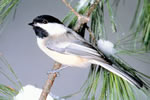
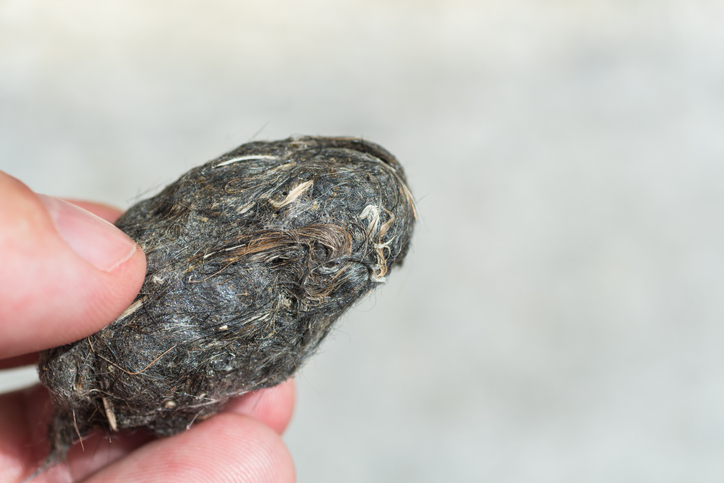
Owls swallow their food whole or tear it into chunks to swallow. The owl's digestive system has a specialized section that presses all the indigestible bones, hair, and feathers into a pellet, which the owl then spits out. If you dissect a barn owl's pellet we can determine its food web and the number and biomass of the owl's prey.
Owl Pellet, Getty Images
 Biomass Calculation
Biomass Calculation
What if someone asked you to go to this forest in Olympic National Park and calculate the mass of not just the owls, but all the organisms you see? You might think they are crazy, since there are plants, fungi, animals, protists, and even bacteria found here. Well, scientists do calculate the weight of all organic matter, the matter that contains carbon, in ecosystems just like this. This might seem like an enormous task, but it does provide scientists with some information of how the ecosystem works and how best to conserve it.
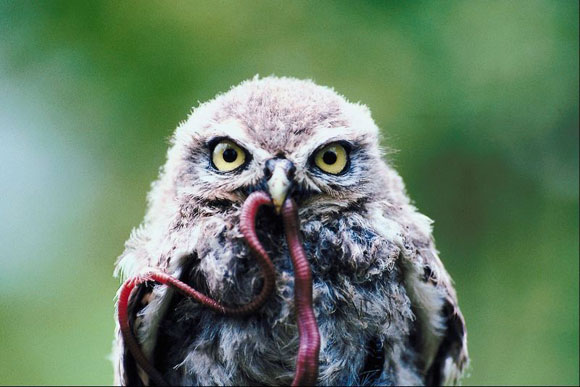
 Lab: Owl Pellet Dissection Modified Lab
Lab: Owl Pellet Dissection Modified Lab
You do not need to disect an owl pellet or do the hands-on portion of the lab below. You will, however, find it helpful to read through the steps of the lab.
-
Download and complete the Lab Worksheet. The modified lab provides you with the beginning data in the Table 1 to analyze.
-
Submit the completed report in your classroom assignment.
Optional Hands On Lab:
Materials
- 1 Owl Pellet
- Old newspaper or butcher paper to cover your work area (it might get messy!)
- Tape to tape down edges of the newspaper or butcher paper
- Rubber gloves
- Ruler
- Owl Pellet Bone Sorting ID Chart
- Dissecting kit (forceps, scissors, and probes)
- Lab Worksheet
Before you start, set up your work area. Spread out old newspaper or butcher paper and tape down the edges. Cover approximately a 2-square-foot area. Have all the other materials set out beside you and ready to go.
Procedure:

- Put on your gloves and using your fingers and/or the dissecting tools over your work area, begin to pry apart the owl pellet. Be gentle, as the bones you will need to examine are very fragile and can easily break.
- Set aside any bones you find as you continue to dismantle the owl pellet.
- Repeat this process until you have dismantled the entire pellet.
- Separate the skull bones you've found using the following criteria:
- Shape and size of the skull
- Shape of the eye sockets
- Length of snout compared to rest of the skull
- Use your ID charts to identify the bones you have set aside. Remember that mice, voles, and rats have similar bones but there is a huge difference in size. You will have to use your ruler to positively identify the bones.
- After identifying all the bones you have in your owl pellet, fill out Table 1 on your lab worksheet. You'll notice on this worksheet that most owls produce about 2.5 pellets per day, so your numbers eaten per day and per year should reflect this.
- Finally, clean up your work area. Wrap all the waste and bones in your old newspaper or butcher paper and throw it away. Wash, dry, and put away the dissection equipment.
Ecological Food Pyramid
Text Version
 Lab: Food Web
Lab: Food Web
You've already determined a lot of information about the common barn owl just by examining one owl pellet. Now do you think you have enough information to draw a barn owl's food web? If you want a little practice with designing a food web before tackling the barn owl's web.
![]() Whiteboard Activity: Food Web
Whiteboard Activity: Food Web
Now, let's try to create a food web for the common barn owl! Using the information in Table 3 on your lab worksheet, answer questions 12-26. Create this food web on the Whiteboard pdf and save it and/ or copy/paste it into your lab worksheet.
PDF Whiteboard
 Owl Pellet
Owl Pellet
If you have an opportunity to observe a barn owl, keep an eye out – to see if you might just catch the owl spitting out a pellet or bringing home live prey. It takes a good amount of energy to keep an owl alive (much less several little owlets)!
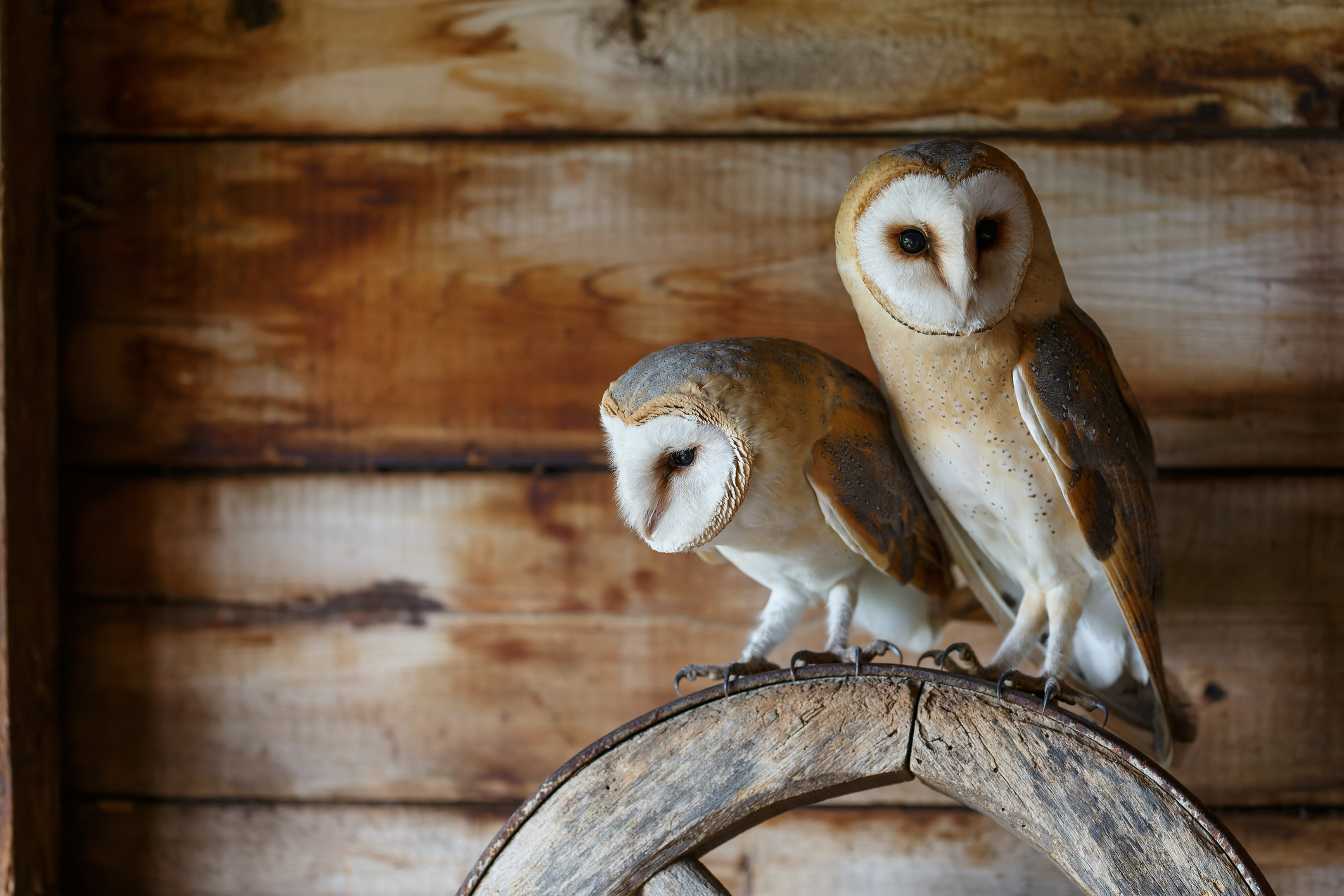
Barn Owl, Getty Images

